Cerioporus leptocephalus
Scientific name: Cerioporus leptocephalus (Jacq.)
Zmitr.
Derivation of name: Meaning of Cerioporus TBD;
leptocephalus means "slender-headed" from lepto-
meaning "thin" or "slender" and cephal- meaning "head."
Synonymy: Polyporus leptocephalus (Jacq.) Fr.;
Polyporus elegans Fr.
Common names: Elegant polypore.
Phylum: Basidiomycota
Order: Polyporales
Family: Polyporaceae
Occurrence on wood substrate: Saprobic; solitary to
scattered on dead deciduous wood, sometimes on conifers;
June
through November.
Dimensions: Caps 1-12 cm wide; stipes 0.5-7.5 cm long
and 1.5-15 mm thick, central to lateral.
Upper surface: Yellowish to ochre to tan; smooth; glabrous;
not zonate.
Pore surface: White to gray or yellowish; pores 4-5 per
mm.
Edibility: Inedible.
Comments: The black base of the stalk is an important
field character. If the cap surface or margin of the cap is
radially striate (Figure 6), the specimen may be a
closely
related species Cerioporus varius. However, some
authorities consider them
to be the same species.
More information at MushroomExpert.com:
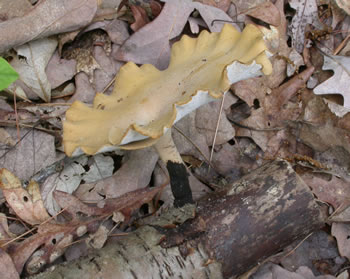
Figure 1. A solitary specimen of Cerioporus
leptocephalus on a
fallen branch.
Photo © Gary Emberger.
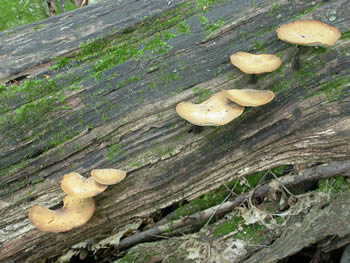
Figure 2. Scattered specimens of Cerioporus
leptocephalus on a
log.
Photo © Gary Emberger.
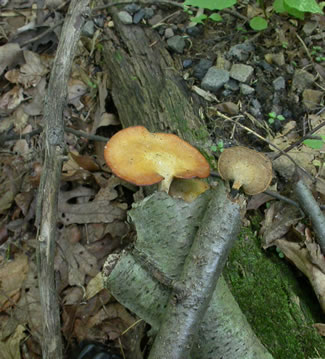
Figure 3. Elegant polypore fruiting from the broken ends
of small branches. Photo © Gary Emberger.
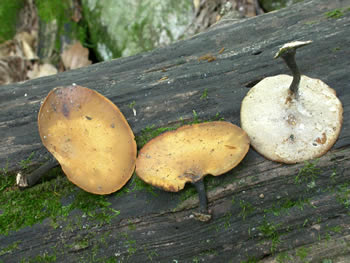
Figure 4. Note the black stipe bases and different stipe
positions. Photo © Gary Emberger.
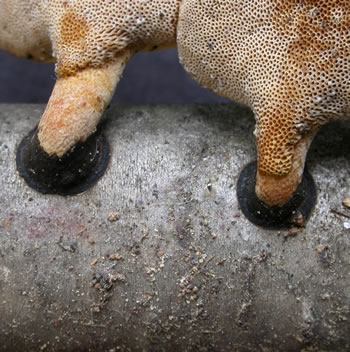
Figure 5. The black coloration at the base of the stipe
may
be quite limited as in these specimens. Photo © Gary
Emberger.
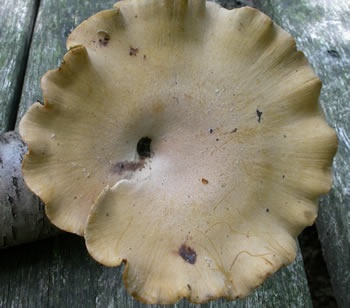
Figure 6.
The radially striate cap of this specimen indicates
it is
Cerioporus varius, not C. leptocephalus. Otherwise,
the two species are
very similar macroscopically.
Photo © Gary Emberger.
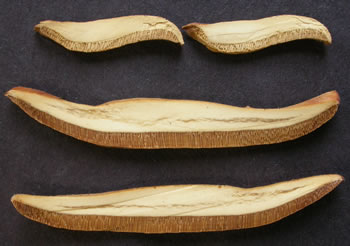
Figure 7.
Sectioned caps of Cerioporus leptocephalus
showing
the light tan colored context and the tube layer.
Photo © Gary Emberger.
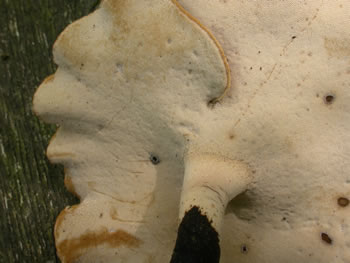
Figure 8.
The pore surface is decurrent to the black
portion
of the stipe. Photo © Gary Emberger.
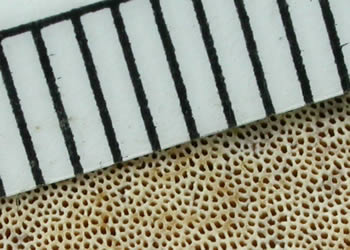
FIgure 9. Cerioporus leptocephalus has tiny pores, 4-5
per mm.
Photo © Gary Emberger.
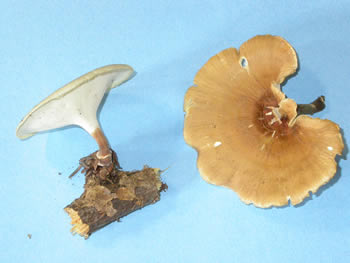
Figure
10. Specimens collected during a foray. The stipe is
just about lateral in one specimen and nearly central in the
other. Photo © Gary Emberger.
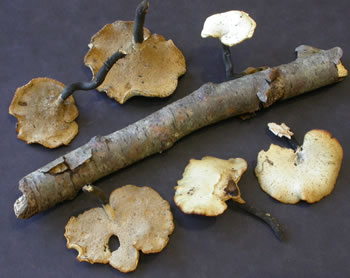
Figure 11. Collection of Cerioporus leptocephalus at the
2008 NEMF foray in Connecticut.
Photo © Gary Emberger.